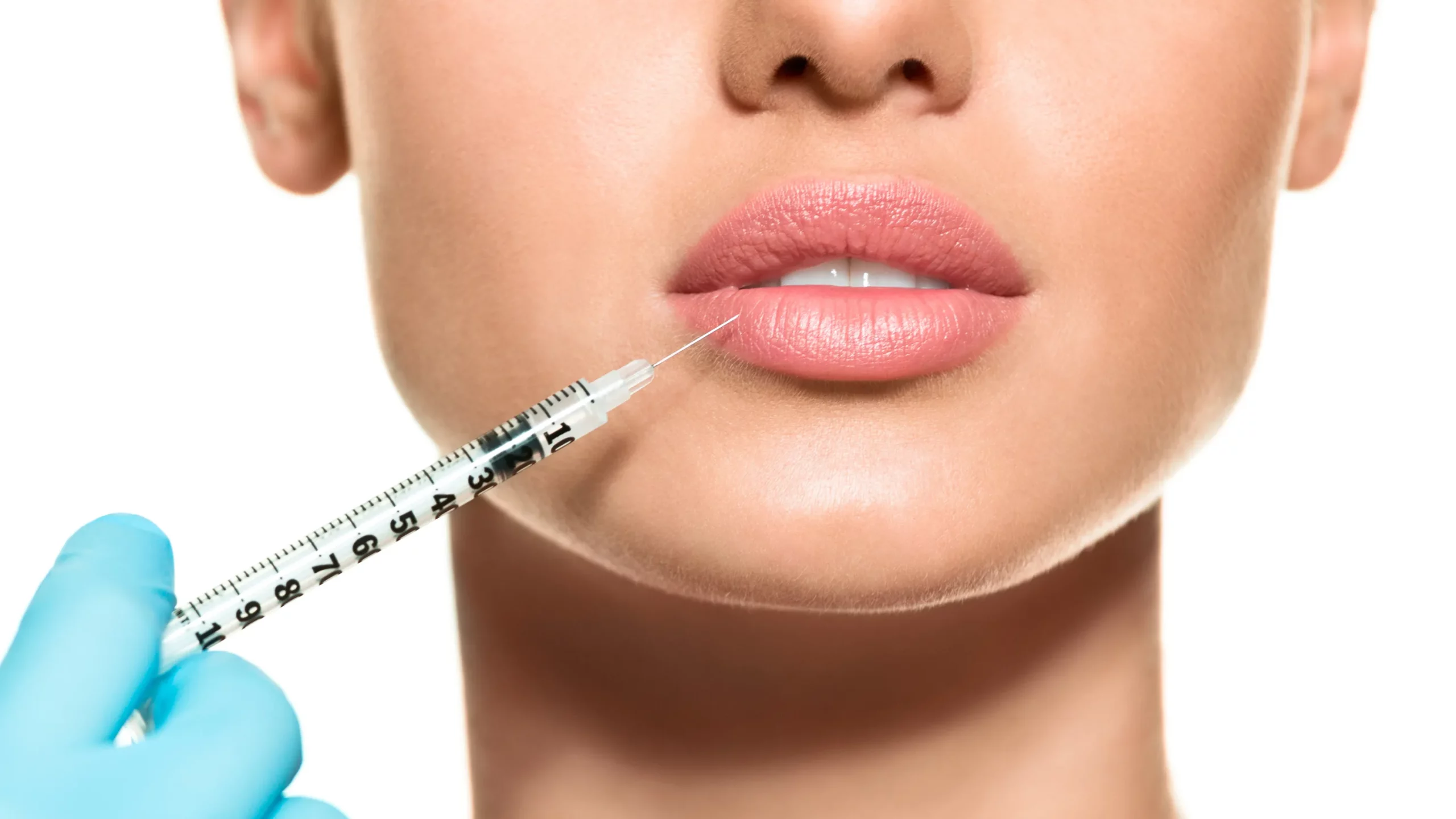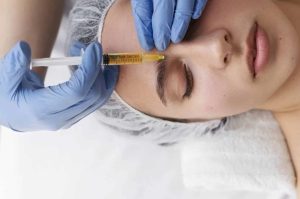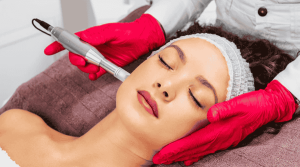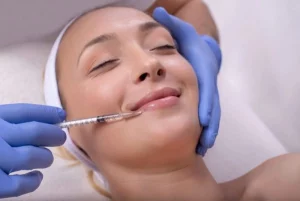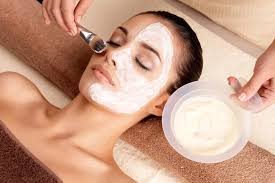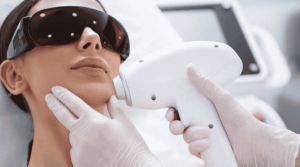Lip fillers have surged in popularity as a minimally invasive cosmetic procedure for anyone aiming to boost fullness, refine facial features, or simply achieve a youthful appearance. These injectable treatments can soften lines, enhance lip volume, and restore the look of naturally plumper lips with minimal downtime. Though brands like Restylane and Juvéderm promise appealing, quick transformations, understanding both the benefits and risks is crucial. In this blog, we will delve into how dermal fillers work, possible side effects, safety considerations, and how to make an informed choice that aligns with your aesthetic goals.
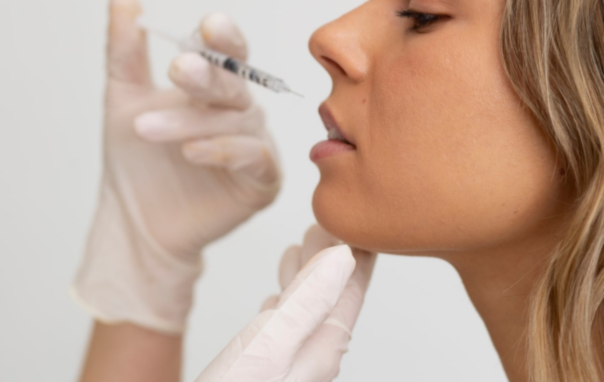
What Are Lip Fillers?
Lip fillers are specialized injectable substances designed to add volume to the lips, smooth vertical lines, and enhance overall appearance. Typically, these are dermal filler injections made from various formulations such as hyaluronic acid-based fillers or other biocompatible materials. The primary purpose of a lip filler procedure is to offer subtle enhancement of your natural lip shape, helping you attain either a dramatic transformation or a gentler, more natural appearance—depending on your preference and beauty goals.
Lip fillers fall under the umbrella of dermal fillers, a broad category of injectable treatment options aimed at correcting volume loss in different areas of the face or body. This type of augmentation can target lines around the mouth (often called frown lines when around the brow area), restore fullness to thinning lips, and address the appearance of wrinkles. Whether you desire a lip flip for more lip show, or more substantial lip augmentation, a wide variety of products and techniques exist to customize your lip injections.
How Do Lip Fillers Work?
The fundamental principle behind lip fillers is fairly simple: by injecting a natural substance, such as hyaluronic acid—or other types of injectable filler—into the lip tissue, you increase lip volume and enhance overall shape. The injection technique used by a qualified injector places the filler strategically within the lips. This can address unevenness, add fuller appearance, and soften lines that form along the lip border.
During a lip filler procedure, an injector or healthcare provider will begin by cleaning the injection sites. In some cases, a local anesthetic or numbing cream is applied to minimize any discomfort. The filler is then carefully injected using a thin needle or a cannula, ensuring precision and minimizing the risk of complications. The entire procedure often takes less than 30 minutes, making it convenient for those seeking quick enhancements without extensive downtime.
Key Ingredients in Lip Fillers
Hyaluronic Acid Fillers
Hyaluronic acid fillers have become the most common filler type for lip augmentation. Brands such as Juvéderm Ultra, Juvéderm Ultra Plus, Restylane, Restylane Silk, and Restylane Kysse fall into this category. Hyaluronic acid (HA) is a natural substance found in the body’s connective tissue, where it helps maintain hydration and collagen production. Because HA is biocompatible, it poses minimal risk of allergic reactions or adverse reaction.
Some reasons for the popularity of hyaluronic acid fillers include:
- Immediate Results: The fullness is generally visible right after treatment.
- Temporary Nature: Because HA is gradually broken down by the body, long-lasting lip fillers still eventually dissolve, offering a natural enhancement without permanent commitment.
- Reversibility: HA fillers can be partially or fully dissolved with an enzyme called hyaluronidase if the type of filler used does not yield the desired effect.
Other Types of Fillers
Calcium Hydroxylapatite, Poly-L-Lactic Acid, and More
While hyaluronic acid fillers remain the gold standard for lip treatments, some other types of fillers exist. Calcium hydroxylapatite (found in products like Radiesse) and poly-L-lactic acid (Sculptra) can be used off-label for lip augmentation or volume enhancement in facial areas. However, these are less common for lip filler injections due to a higher likelihood of complications or potential side effects like nodules or lumps.
- Bovine Collagen: Historically, bovine collagen was among the first injectable filler substances for lips and facial features. This older formulation carried a significant risk of allergic reactions, requiring pre-treatment skin testing.
- Fat Injections: Also known as Fat transfer or autologous lip augmentation, this method harvests fat from another body area and transfers it to the lips. While appealing because of its natural substance origin, it’s more invasive than standard dermal filler products.
- Permanent Fillers: Certain silicone-based or semi-permanent options exist, but these carry higher risks of complications and are less favored in modern practice. Surgical lip augmentation procedure or direct lip-lift can provide more dramatic lip enhancements but come with the inherent complications of surgical procedures.
Safety of Lip Fillers
Common Side Effects
Lip filler treatments generally involve minimal risk, but some common post-injection reactions can occur:
- Swelling and Bruising: Usually mild and resolves within a few days.
- Redness or Tenderness: The injection sites may be a bit sore post-treatment.
- Cold Sores: Individuals prone to cold sores (herpes simplex) may experience flare-ups, especially if prophylactic medication is not used.
These side effects often subside quickly and can be minimized by applying an ice pack intermittently after the procedure. Most clients find the effects manageable and well worth the resulting fullness and natural fullness.
Rare Complications
Severe complications are uncommon, but they can include:
- Vascular Compromise or Vascular Occlusion: If a blood vessel is inadvertently injected or compressed, it can lead to tissue damage. Quick diagnosis and intervention with hyaluronidase are crucial.
- Allergic Reactions: While HA-based fillers are generally well-tolerated, allergic reactions can still happen, more so with older bovine collagen or certain additives.
- Infection: As with any medical procedure involving needles, infection is a possibility. Proper sterilization and advanced injection techniques can reduce this risk.
- Nodules or Lumps: These can form if the filler is placed too superficially or if the patient’s body reacts unpredictably. Certain brands of lip fillers have a lower risk profile in this regard.
To mitigate these complications, always opt for a board-certified plastic surgeon, qualified injector, or cosmetic surgeon with extensive dermal filler expertise. An inexperienced injector may not understand the lip anatomy, increasing the chance of intravascular injections or unsatisfactory results.
Benefits of Lip Fillers
Enhancing Lip Volume
One of the biggest benefits of lip fillers is the restoration of lip volume lost due to aging, genetics, or personal preference. Filling out the lips can yield a natural fullness that complements your face. By carefully placing the filler in the lip tissue, expert injectors can produce a plumper lips look while maintaining proportionate facial features.
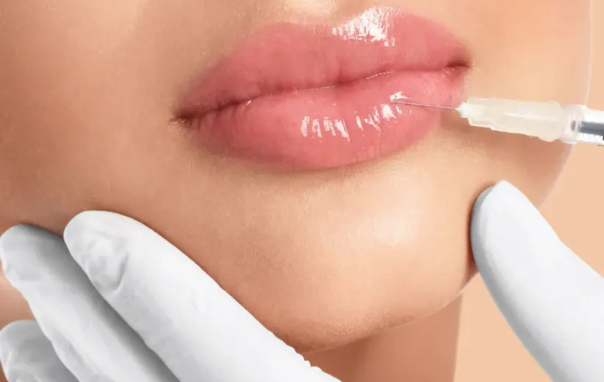
Improving Lip Symmetry
Many individuals have lips that are naturally asymmetrical. In such cases, lip filler injections can offer a subtle enhancement to balance out uneven lip shape. Fine-tuning can involve adjusting volume in the upper vs. lower lip or refining the Cupid’s bow, ensuring the outcome aligns with your aesthetic goals.
Subtle Facial Balance
Beyond mere augmentation, lip fillers can also bring harmony to the entire face. For example, addressing vertical lines or marionette lines around the mouth can transform the overall appearance. Patients who experience volume loss and lines in these areas can benefit from integrated dermal filler treatments to produce a soft, refreshed, and natural appearance that highlights existing features.
Candidate Suitability
Ideal Candidates for Lip Fillers
Prospective candidates for lip filler injections generally:
- Have good overall health and no serious medical conditions that could impair healing.
- Seek a solution for volume loss, asymmetry, or minor wrinkles around the lips.
- Maintain realistic goals about lip augmentation and enhancements.
- Understand the temporary nature of most common types of fillers.
Individuals considering lip augmentation should always disclose their medical record, any autoimmune disorders, and current medications or herbal supplements that could affect treatment outcomes or increase risk of complications.
Individuals Who Should Avoid Lip Fillers
- Active Oral Infections: Those with an active outbreak of cold sores or other infections should postpone lip filler treatments until the condition resolves.
- Blood Thinners: Patients taking blood thinners or certain medications for chronic illnesses should consult a healthcare provider to ensure safe usage.
- Allergy to Filler Components: While rare, an allergic reaction to a biocompatible substance such as HA is possible.
- Excessive Chewing or Lip Trauma: Chronic stress on the lips or frequent lip biting can interfere with the healing process and filler longevity.
- Incompatible Aesthetic Goals: Individuals seeking overly dramatic or unrealistic transformations may not be suitable candidates for lip fillers.
Importance of Choosing a Qualified Practitioner
Credentials to Look For
When searching for an injector or licensed health care provider, it is paramount to confirm that they have:
- Board Certification: A board-certified plastic surgeon, qualified plastic surgeon, or dermatologist specializing in cosmetic injectables can help minimize potential risks.
- Formal Training: Look for evidence of advanced injection technique training, such as courses in the Russian lip technique, Microdroplet Technique, or the step Φ technique.
- Professional Affiliations: Membership in organizations like the Society of Plastic Surgeons indicates a commitment to best practices and ongoing education.
- Track Record: Reading about the practitioner’s experience, such as their exposure to modern techniques in journals like Plast Reconstr Surg, Aesthet Surg J., Aesthetic Plast Surg, Dermatol Surg, JAMA Facial Plast Surg, Surg Glob Open, or Cutan Aesthet Surg can provide assurance of competence.
Questions to Ask Before Treatment
During your initial consultation or lip filler consultation, consider asking:
- Which Brand of Filler is Right for Me? Learn about specific dermal filler products like Juvéderm, Restylane Silk, or poly-L-lactic acid and how they align with your lip augmentation procedure.
- How Much Experience Do You Have? Ask about the volume of syringes of filler they inject weekly or monthly for lips.
- What Injection Technique Will You Use? Detailed knowledge of advanced injection techniques ensures safer, more precise outcomes.
- What Are the Potential Risks and Side Effects? Ensure you understand and accept any risk of complications, like vascular compromise or intravascular injections.
- Cost of Lip Filler: Inquire about the cost of 1ml or 1ml syringes and whether multiple syringes are required for your desired enhancements.
Aftercare Recommendations
Post-Procedure Do’s and Don’ts
After receiving lip filler injections, keep the following tips in mind for optimal results and minimal risk of complications:
- Apply an Ice Pack: Lightly place a cold compress to reduce swelling, but avoid excessive pressure on your lips.
- Stay Hydrated: Drinking plenty of water can aid in the healing process and maintain lip fullness.
- Elevate Your Head While Sleeping: Using an extra pillow helps minimize swelling.
- Avoid Heavy Exercise: Give the filler time to settle by postponing intense workouts for at least 24 hours.
- Refrain from Touching the Injection Sites: Minimizing lip contact prevents the filler from shifting and lowers infection risk.
Signs of Complications to Monitor
Contact your provider or healthcare provider immediately if you notice:
- Severe Pain or Discoloration: This can indicate a vascular compromise or an adverse reaction.
- Persistent Swelling Beyond Two Weeks: Mild swelling is normal, but persistent swelling might need medical attention.
- Unusual Lumps or Bumps: Minor lumps are normal initially, but large or painful lumps can be a sign of an allergic reaction or filler misplacement.
- Fever or Chills: Could be indicative of an infection requiring prompt intervention.
Why Choose Beauty Aesthetics, Toronto for Lip Fillers?
At Beauty Aesthetics, Toronto, we prioritize your safety, satisfaction, and natural beauty. Our clinic boasts a network of clinics-style collaboration with medical professionals who stay updated on current volume techniques and dermal filler expertise. We embrace technology and proven research from reputable sources such as the Cleveland Clinic, Laser Clinics, and other leaders in cosmetic surgeries. Our expert injectors leverage a blend of traditional knowledge and modern techniques to ensure the best possible lip filler treatments.
Our approach is centered on achieving your aesthetic goals—be it a natural enhancement or a more dramatic transformation. During your complimentary consultation, we thoroughly review your medical record, discuss your lip fullness objectives, and assess facial proportions to craft a personalized treatment plan. We only use high-quality products such as Juvéderm Ultra, Juvéderm Ultra Plus, Restylane Silk, and Restylane Kysse—focusing on minimal risk and maximizing results. Our skilled clinicians have perfected advanced techniques like the Russian lip technique and the Microdroplet Technique, ensuring that your injections for volume produce a natural appearance and balanced facial features.
Additionally, we value transparency about the cost of lip filler, how many 1ml syringes might be needed, and any potential risks. By focusing on open communication, you will feel informed every step of the way. Whether you seek to fill Frown lines, rectify volume loss, or simply gain plumper lips, our practice aims to offer a comfortable, patient-centric environment that upholds the highest medical standards.
Conclusion: Making an Informed Decision
Navigating the world of lip filler treatments involves more than just boosting lip volume. It requires understanding risks, possible allergic reactions, and the intricacies of different types of lip fillers. By prioritizing a qualified injector, clarifying your aesthetic goals, and following recommended aftercare, you can enjoy the benefits of enhanced lips with minimal potential risks. Keep in mind that each type of filler—whether hyaluronic acid fillers or Fat injections—has unique advantages and considerations. Ultimately, an informed approach allows you to achieve a subtle or dramatic lip enhancement that aligns with your natural features and lifestyle.

